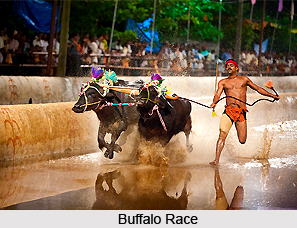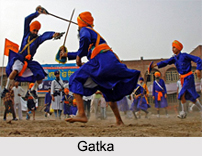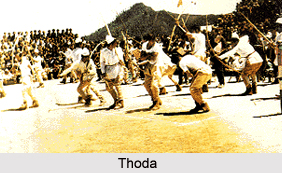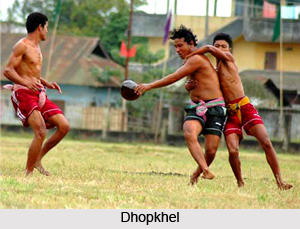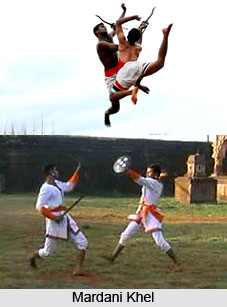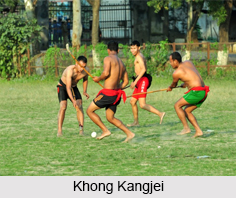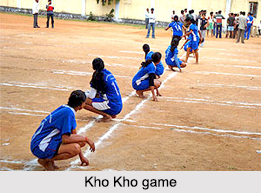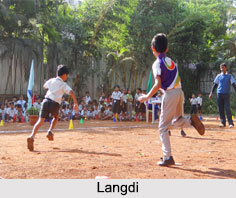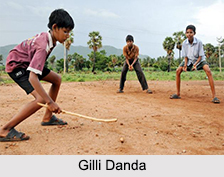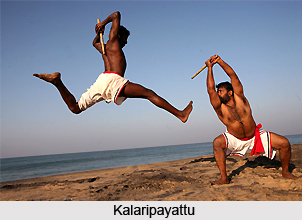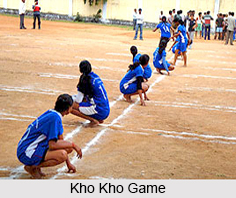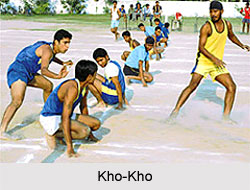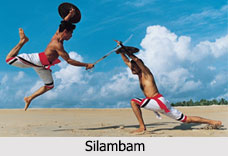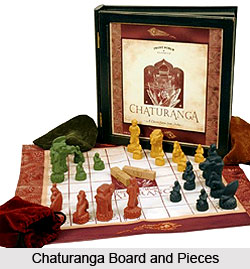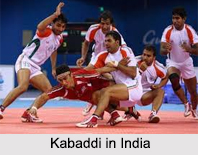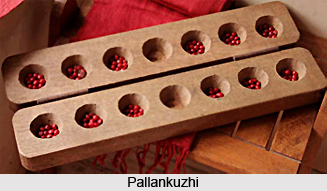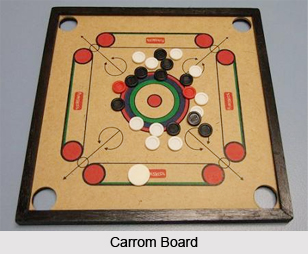 Rules of Carrom are universally followed all around the world. Previously when the game was first discovered, people played the game making their own set of laws. Carrom is found throughout the Eastern part of the world under different names though most non-eastern people know it by the East Asian name of Carroms. Carrom is very popular in Nepal, India, Pakistan, Bangladesh, Sri Lanka and surrounding areas and in the Middle East as well. But once the All India Carrom Federation (AICF) came into existence in 1956, it put forward certain specific rules and regulation for the game. Some of the universally acclaimed rules of carrom in India are as follows:
Rules of Carrom are universally followed all around the world. Previously when the game was first discovered, people played the game making their own set of laws. Carrom is found throughout the Eastern part of the world under different names though most non-eastern people know it by the East Asian name of Carroms. Carrom is very popular in Nepal, India, Pakistan, Bangladesh, Sri Lanka and surrounding areas and in the Middle East as well. But once the All India Carrom Federation (AICF) came into existence in 1956, it put forward certain specific rules and regulation for the game. Some of the universally acclaimed rules of carrom in India are as follows:
Singles in Carrom
In singles, the players shall sit opposite to each other. In doubles four persons comprising two teams, the partners shall sit opposite to each other, occupying all four sides.
Arranging of Rows in Carrom
Before the break, Carrom men are arranged in the inner circle with the queen (red) always occupying the centre circle and the rest placed around; keeping the white and black alternately.
Second Row in Carrom
In the second row of Carrom, three white carrom men will form the shape of Y` with the white carrom men of the first row. The remaining space is filled up by placing white and black alternately.
Break in Carrom
Break is taken by a player who has chosen to strike first. The player, who is to break, will have whites on the board. The queen shall be common. Winner of the toss has the option to choose side or to break.
Striker of Carrom
Even if the striker touches slightly any carrom man, it is considered that the break has been made. The two trial boards are played before a match. A player`s turn will continue, as long as he pockets his own carrom men and/or queen according to the law. Black and white carrom men change in alternate boards both for singles and doubles. However, in the second game the player who did not have his first turn in the first game shall have his first turn. Each carrom man has one point if pocketed by the striker. Queen value is three and value of the queen for a player is lost if he reaches 22. A game shall be of 25 points. A player who scores 25 wins the game. All matches are decided by the best of three games. Each game consists of eight boards or 25 points whichever is earlier. A player leading at the end of the eighth board will be the winner. In the case of a tie at the end of the 8th board, 9th board will be played as a tie breaker.
Third Game in Carrom
In the third game the players shall change sides after reaching 13 points or after completion of the fourth board whichever is earlier. This is applicable till pre-quarter final stage. From quarter-final onwards, change of side takes place after a player scores 13 points irrespective of the number of boards.
Scoring the Queen in Carrom
The player can pocket the queen and cover it, provided one C/M of his own has already been pocketed and is not brought out as due or penalty in the stroke. If the queen is pocketed before any C/M of the player is pocketed, the queen will be taken out for placing on the CB. If the queen is not covered it will be taken out. If the queen and one C/M of the player are pocketed together in one stroke, the queen is covered. When all nine C/Ms are on the CB, and queen and one C/M are pocketed then the queen is not covered. If the queen, a C/M and the striker are pocketed together, they and an additional C/M will be taken out; the player will continue his turn. When all nine C/Ms are on the CB, and the queen and striker are pocketed together, the queen will be replaced, a due will be declared. The player will lose his turn. The player can pocket the C/M together with his striker while covering the queen. The C/M plus one will be taken out. The player shall continue his turn. If subsequently he cannot pocket any C/M, the queen will be taken out for placing.
If the queen along with the last C/M of the player and the opponent are pocketed together, the queen is scored. If the queen is on the CB and the player pockets the remaining C/M of the opponent, he will lose the Board by the number of his C/Ms plus the points of the queen. If the queen is on the CB and the player pockets the last of his and the opponent`s C/M, he loses the Board by three points. If while covering the queen, the C/M of his own and his opponent`s are pocketed together, he wins by three points or "I" point if score is 22 or more. If the player pockets all his C/Ms leaving the queen on the Board, the opponent will win the Board by three points. If the player pockets the queen and the last C/M of his opponent while covering pockets, he shall lose the Board by the number of his C/Ms on the Board plus the points of the queen. If the player pockets the last C/M of his own together with the striker leaving the queen on Board, he loses the Board by three points. If the player pockets the queen, his last C/M, opponent`s last C/M and the striker together, he loses the Board by three points. If the player pockets his and his opponent`s last C/M along with the striker, he will lose the Board by one point, if the queen has already been covered by him or by three points if the queen has been covered by his opponent.
